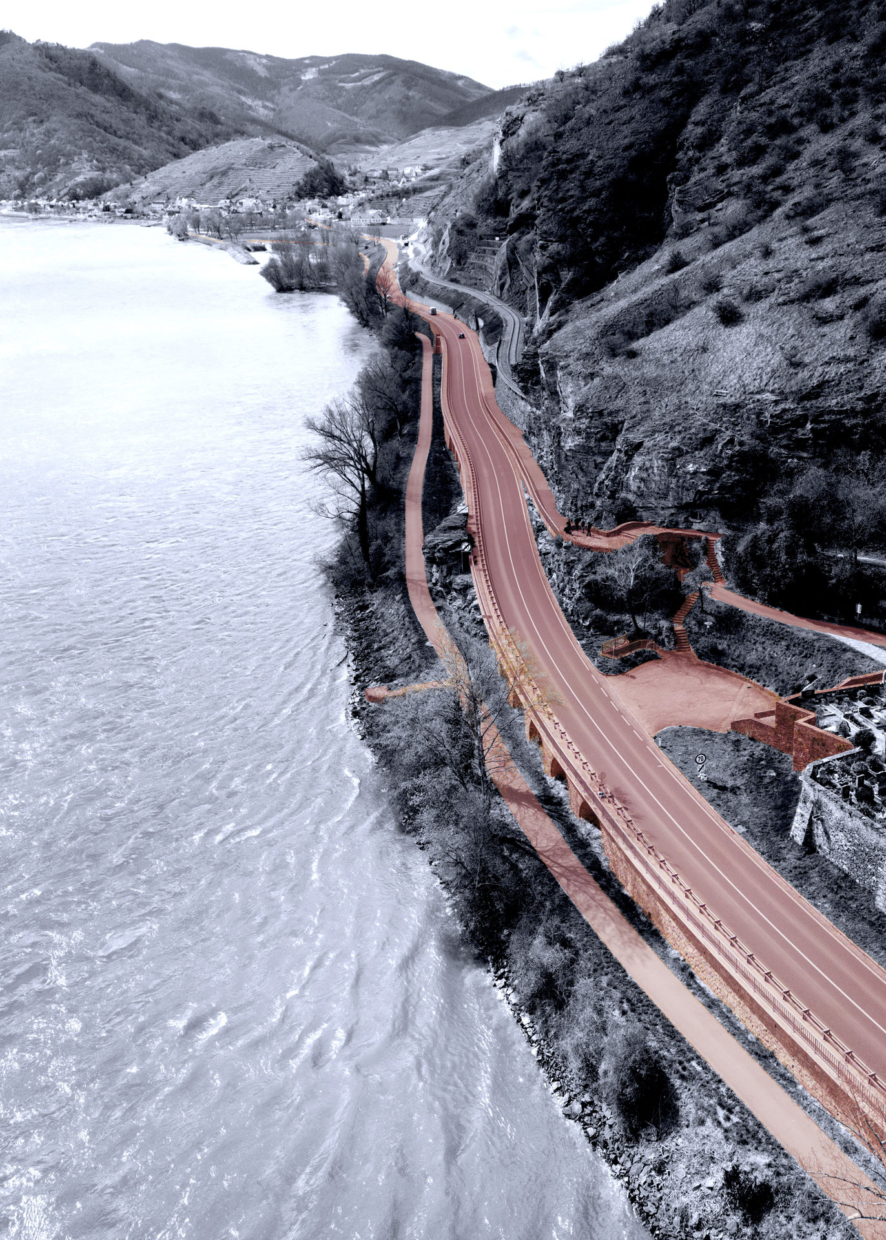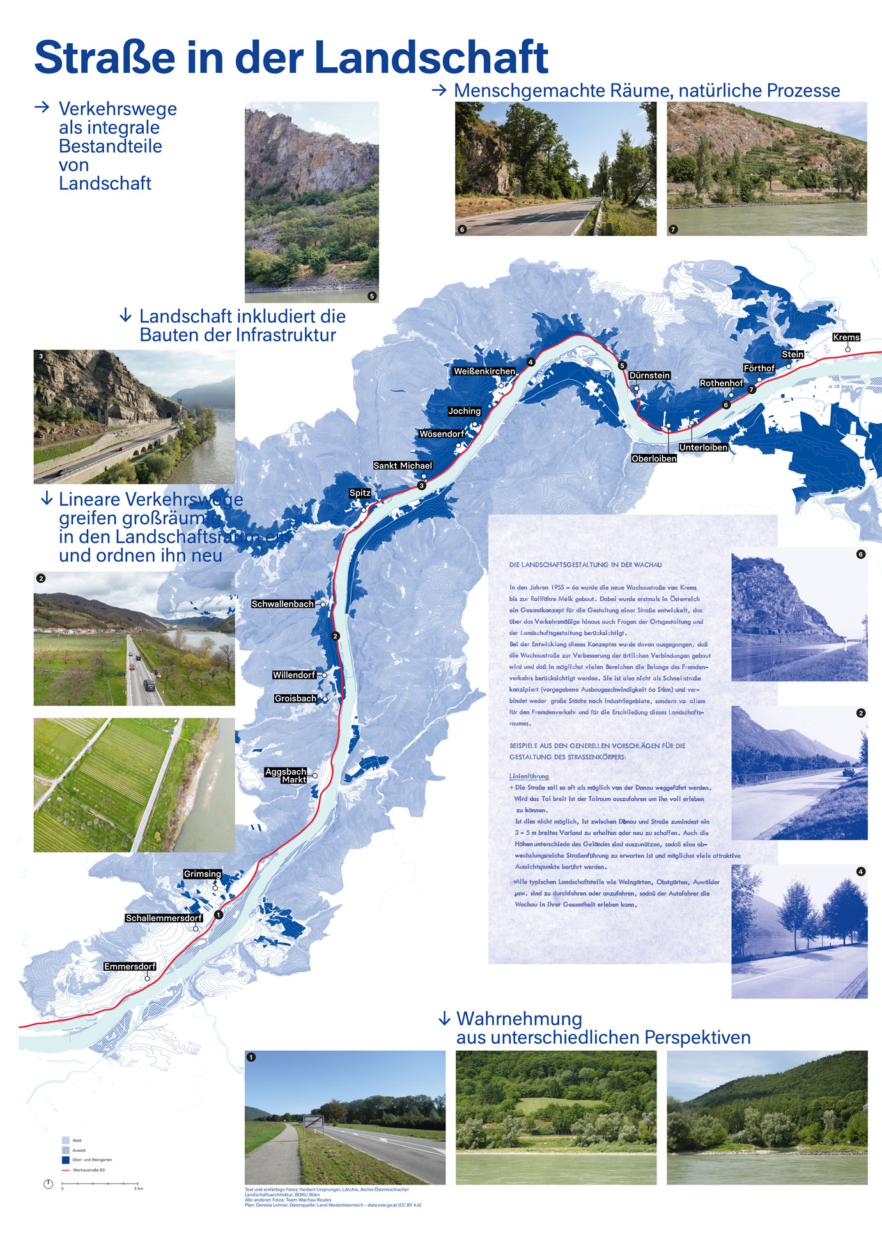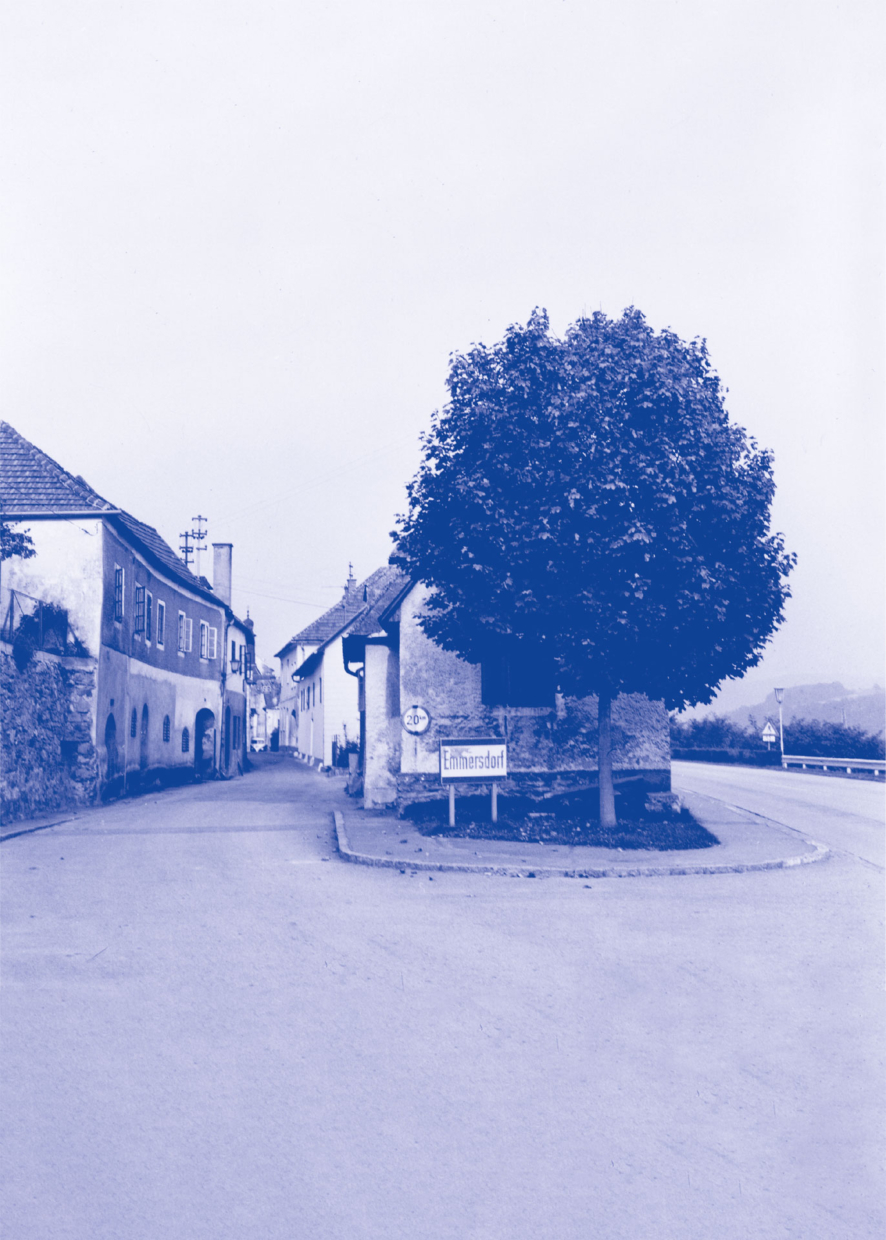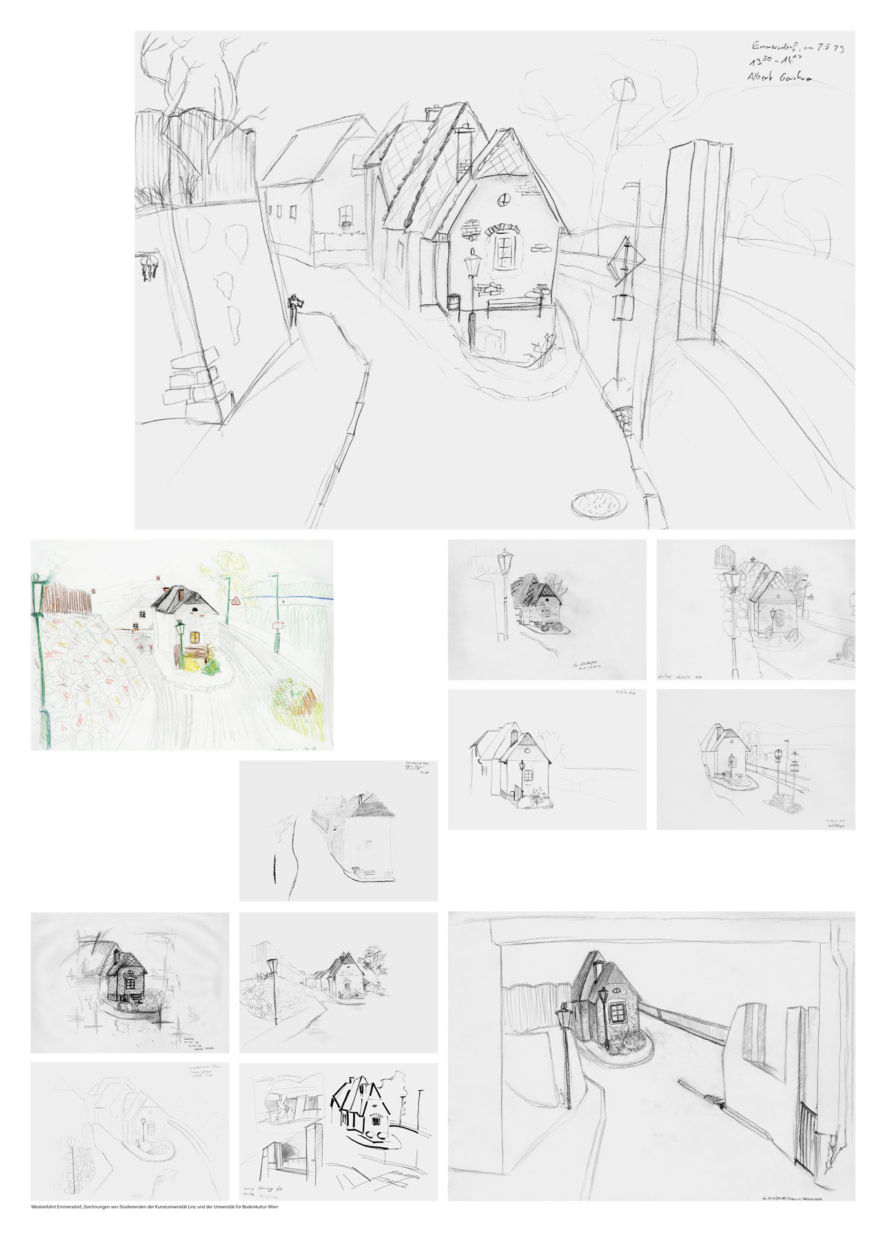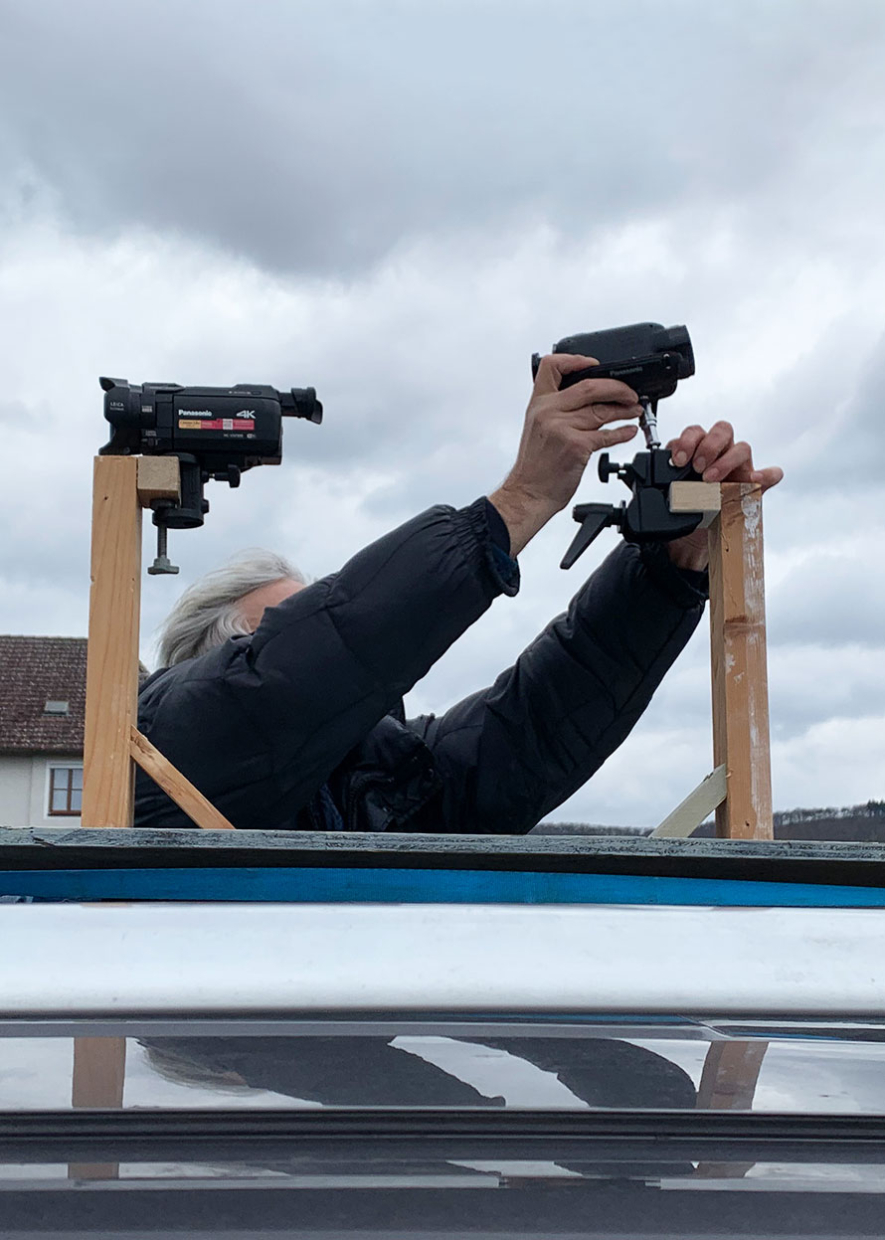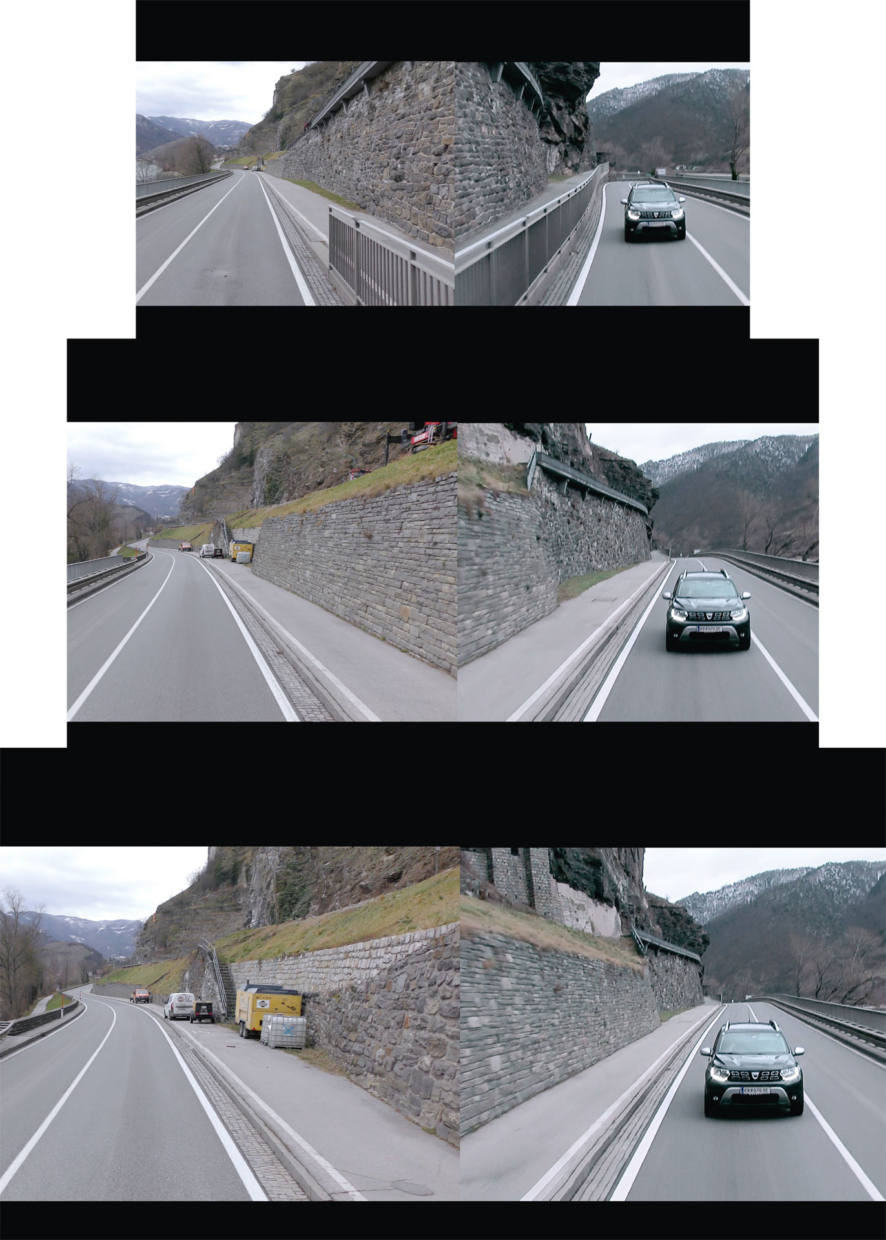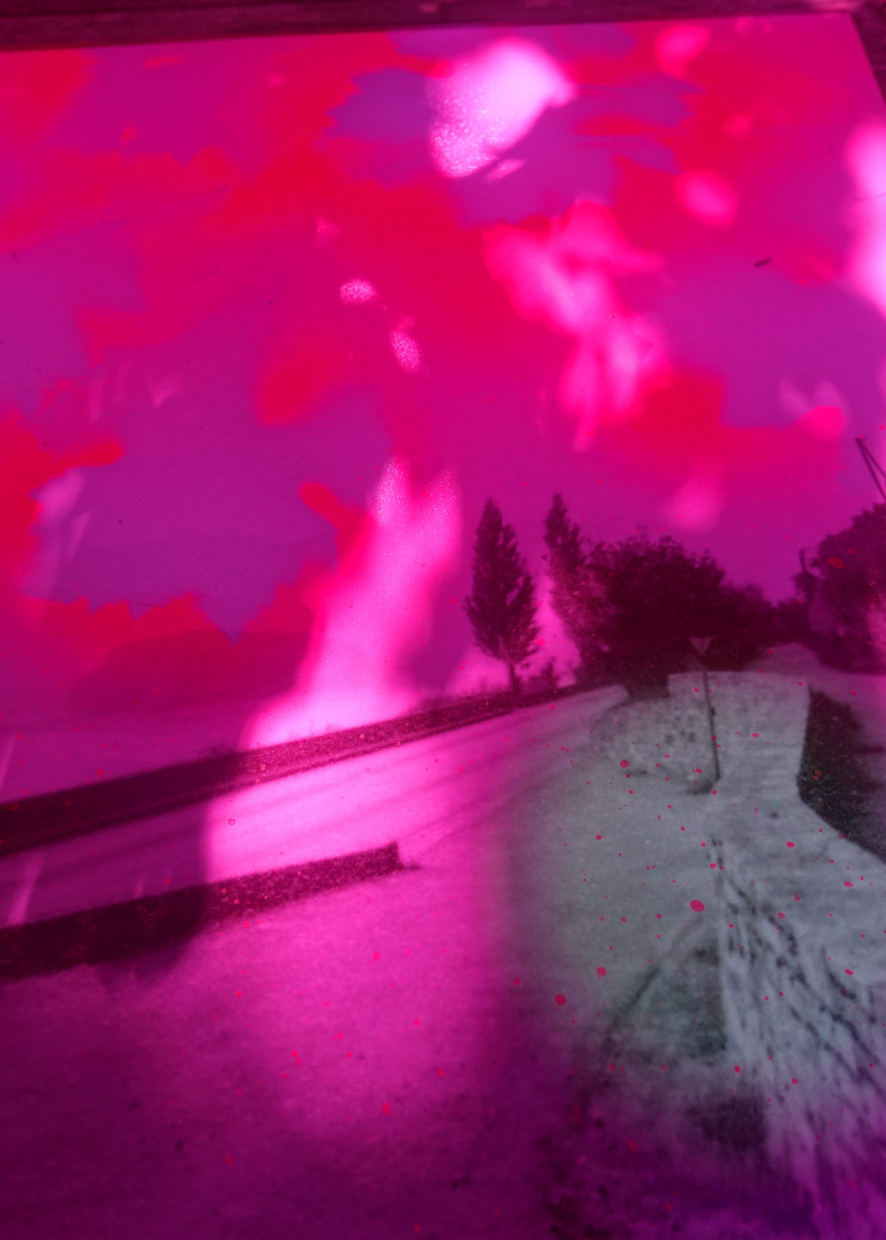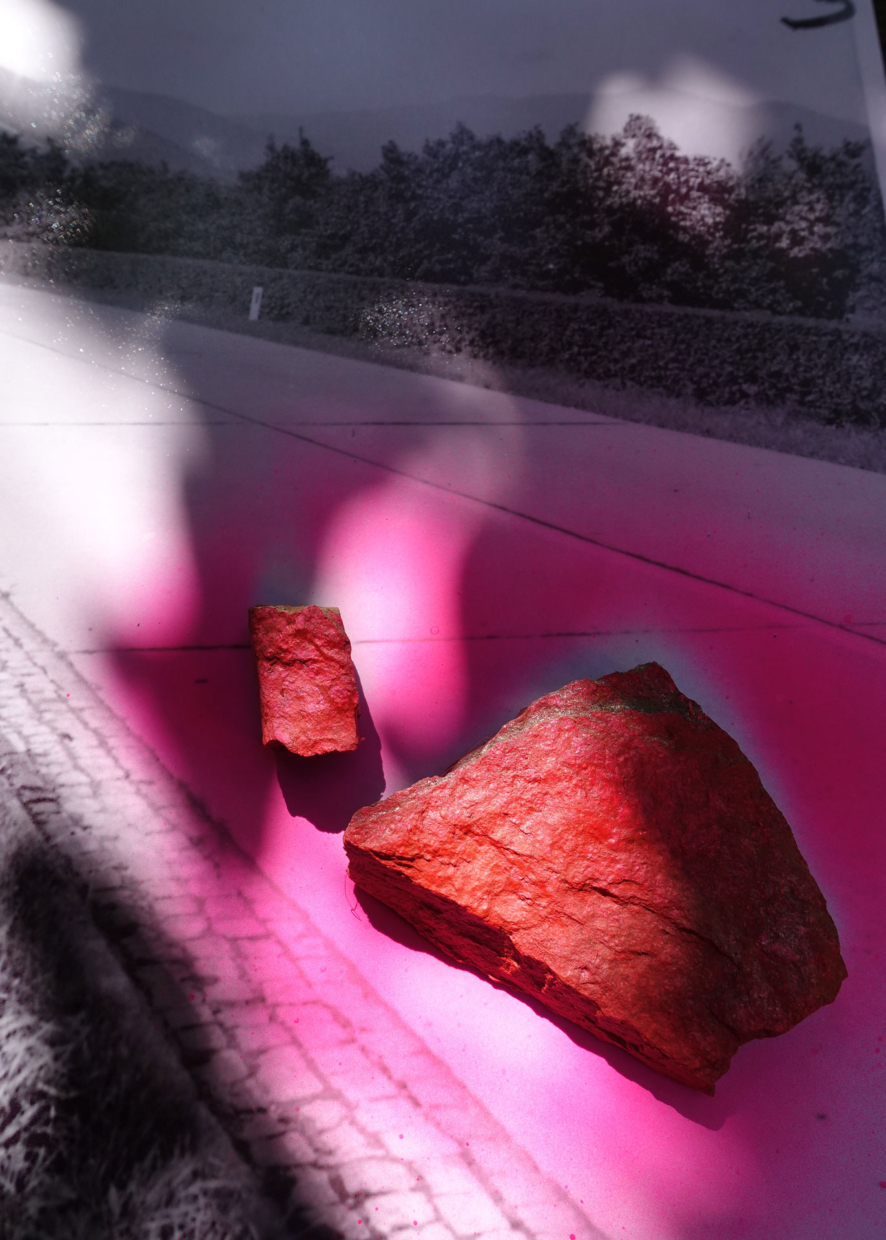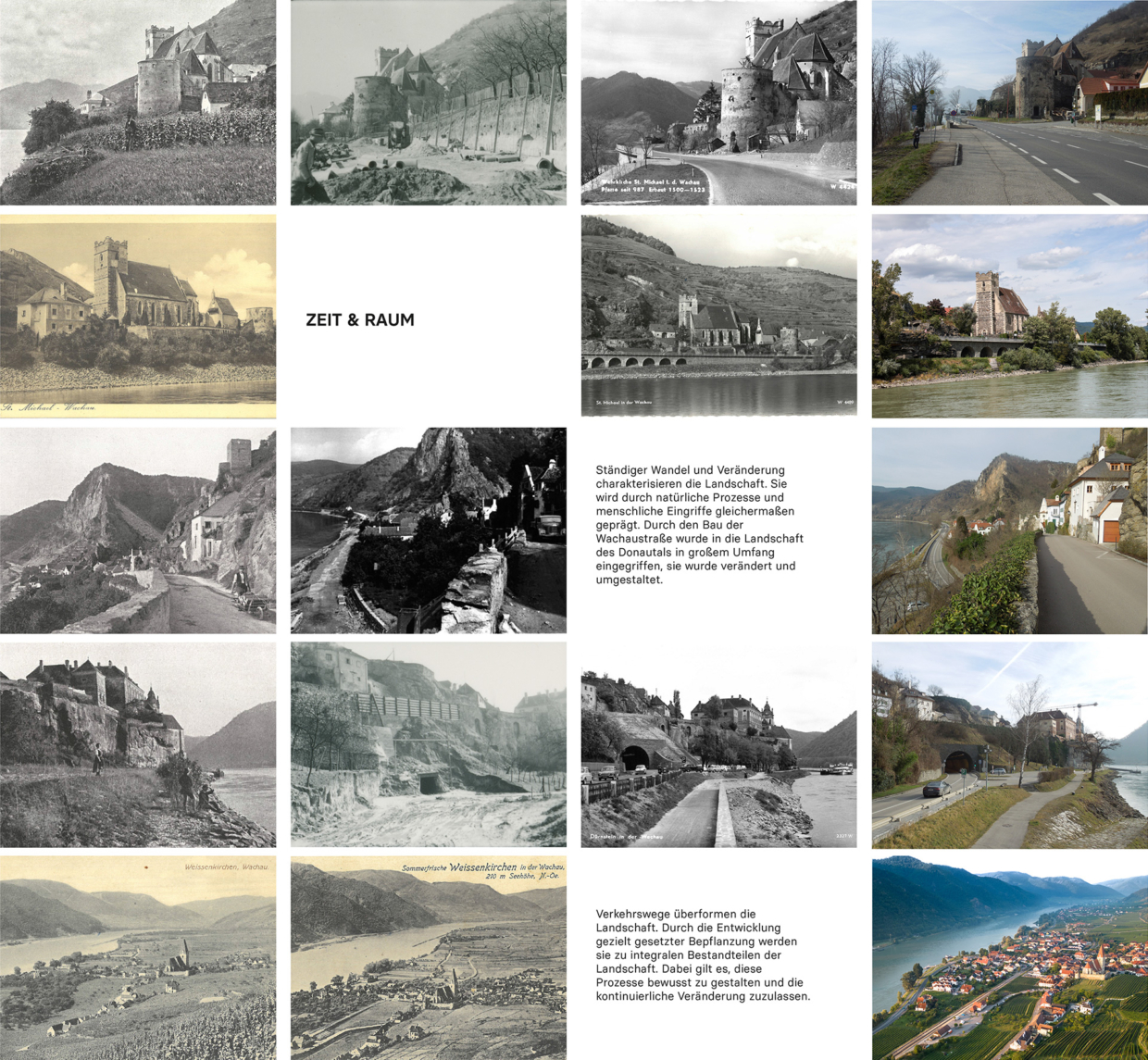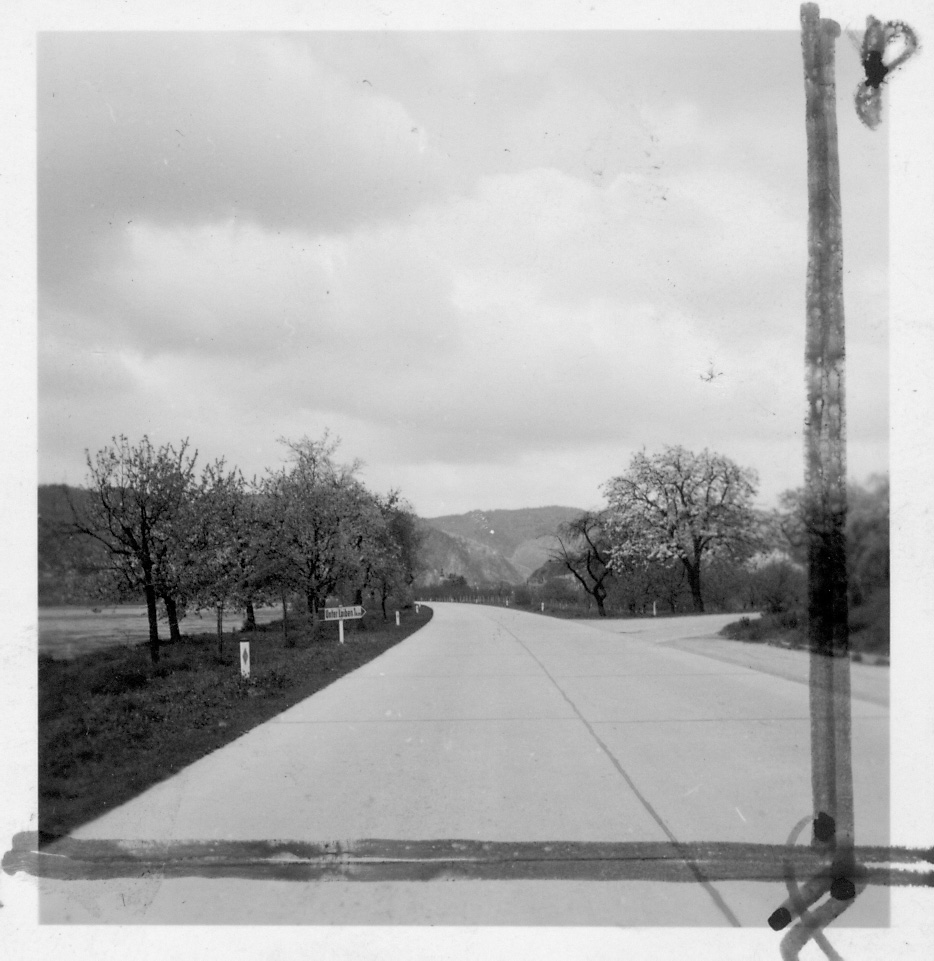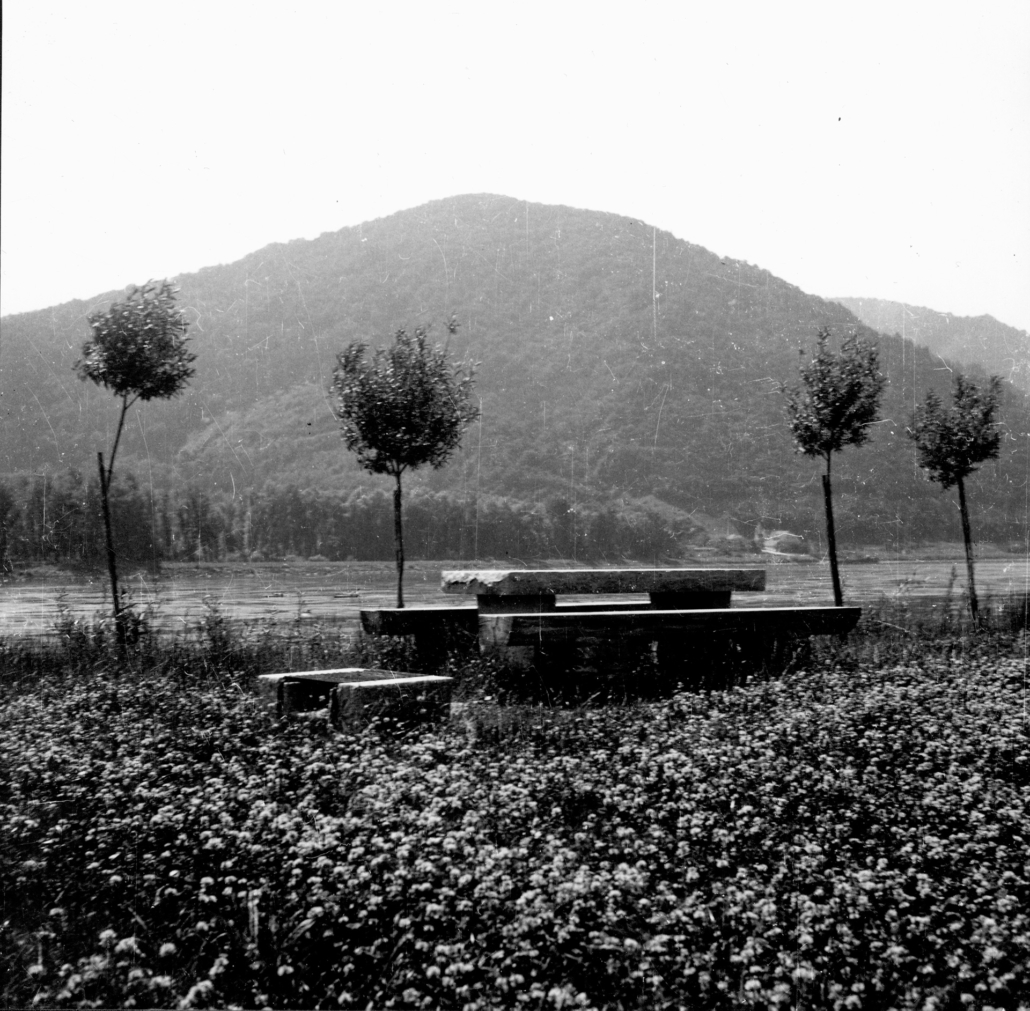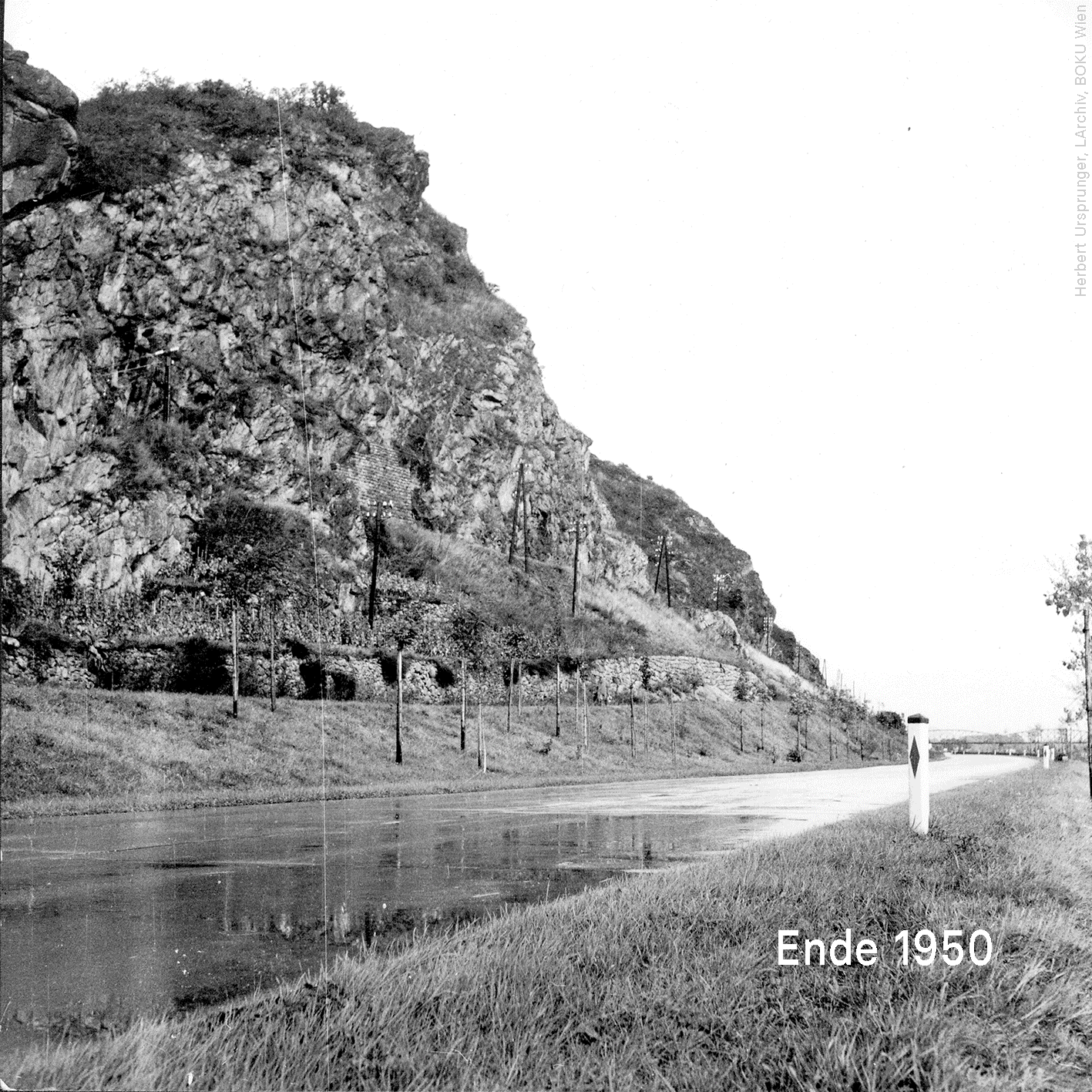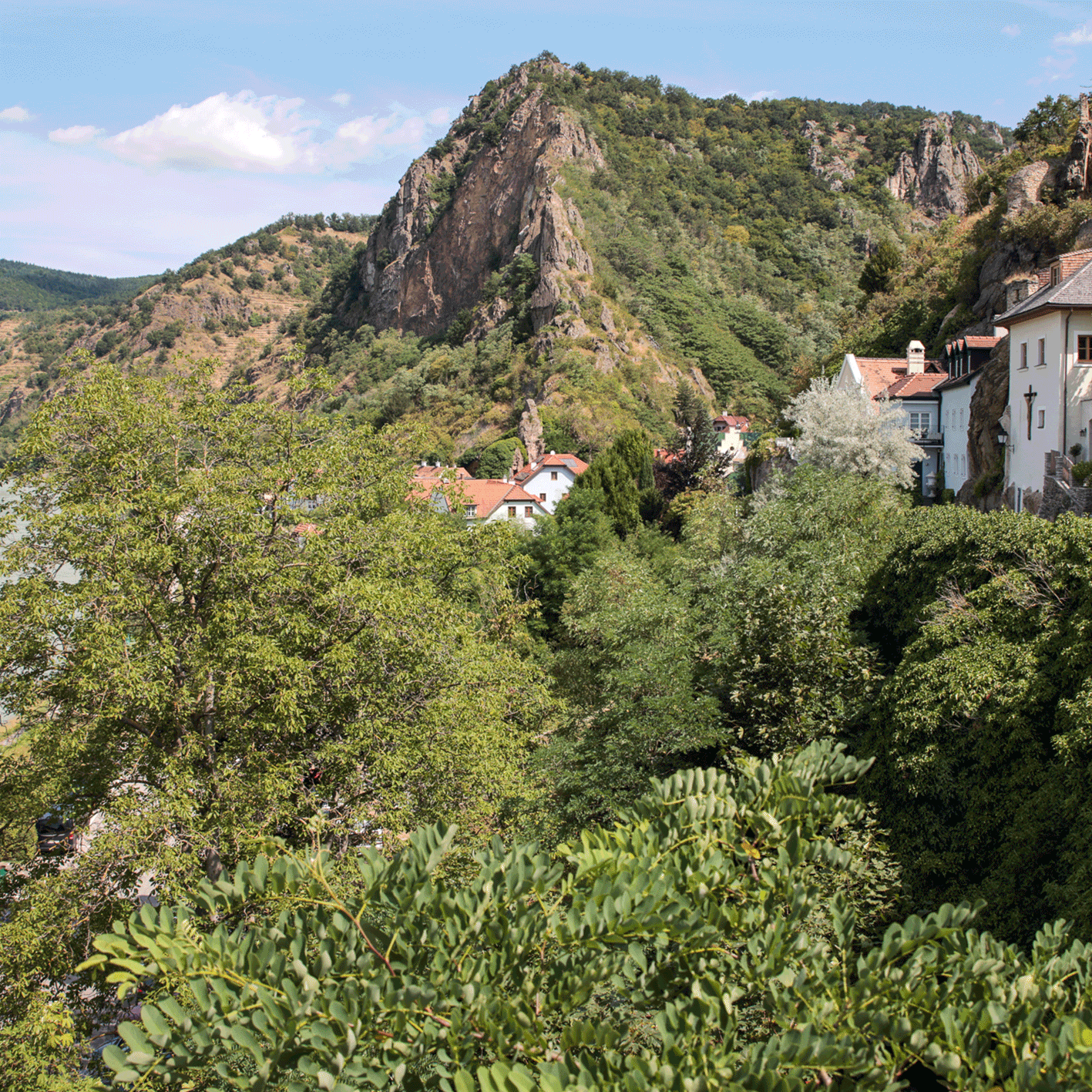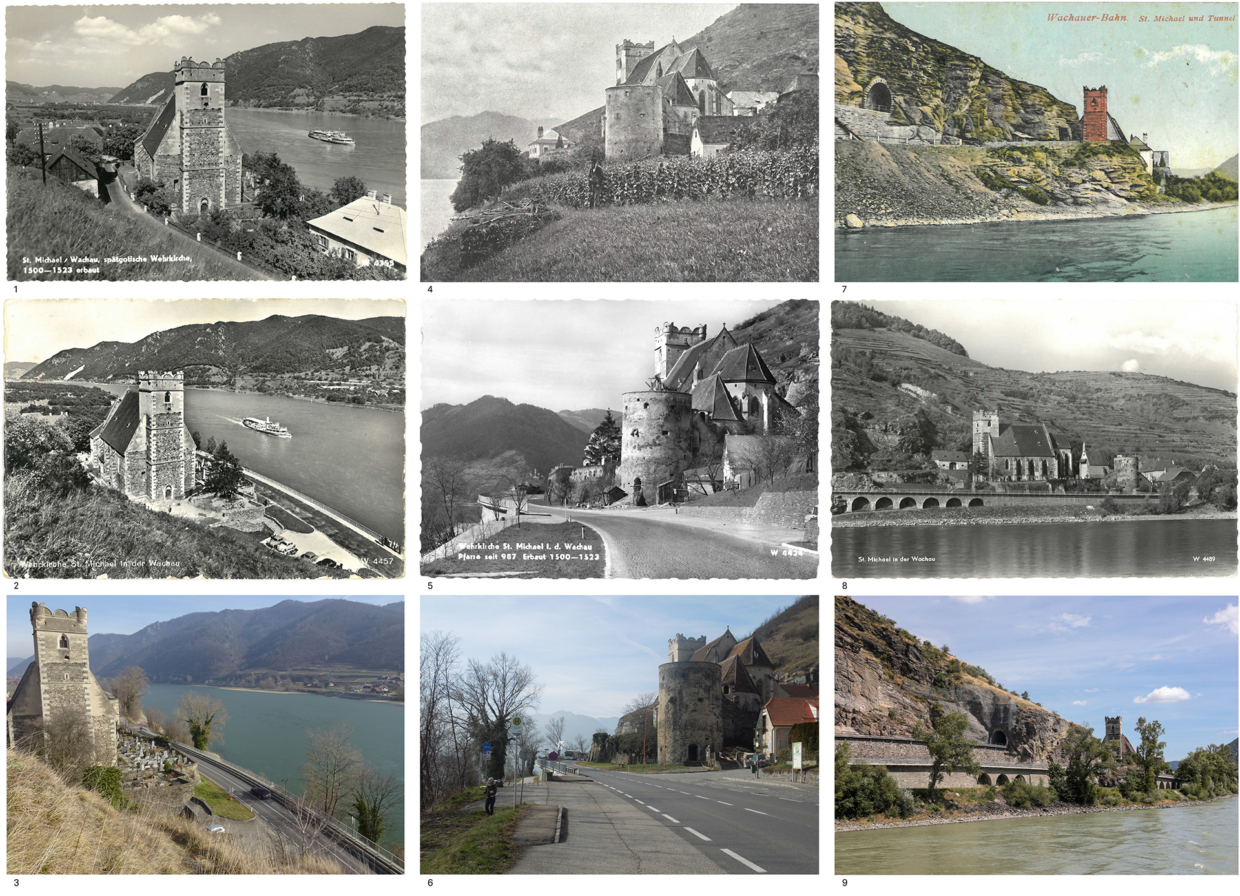The road along the Danube
With the increasing motorisation after the Second World War, it became necessary to rebuild the Wachau Road. The roads through the villages became too narrow for the numerous tourist buses and cars. Initial plans for constructing the road along the banks of the Danube were opposed by critical voices from society. Due to media pressure, politicians had to consider the new road’s integration into the landscape as a design task.
At the beginning of the investigations, extensive research on the history of the road’s creation and development is conducted. Historical and artistic images as well as plans are the basis for selective image interpretations. Through analyses of historical documents, literature and interviews, the criteria for the design integration of the road into the landscape are identified. Videos are used to examine the experience of the landscape through driving on the Wachau Road on site. In the research process, contemporary representations of the road as part of the landscape will be elaborated performatively, communicated and critically reflected upon.
